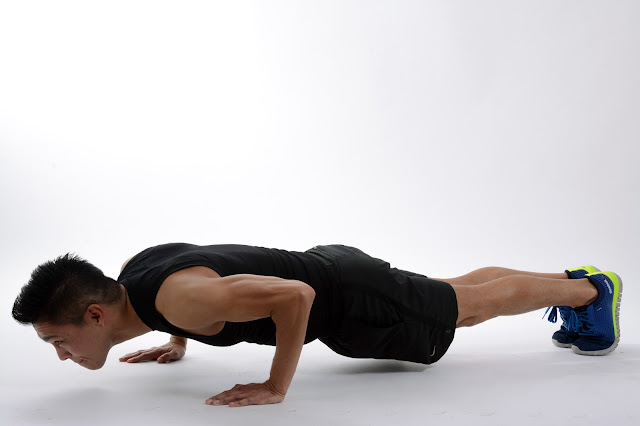Building the Bruce Lee Physique
Q: I've recently stumbled across your blog, and it peaked my interest. I admire the physique you've built up for yourself.
That's the reason I'm writing to you, because I'd very much like to know how you build muscle density. I don't wish to gain more muscle simply to be big. I'd like my body to have the look of strength, power and speed, much like how Bruce Lee was. I was hoping you could enlighten me on the ways in which one would need to train to build such a physique.
Would you recommend weight training or training without weights? How much cardio would you recommend? In your opinion what level of balance should there be between developing slow-twitch and fast-twitch muscle fibers, and how would one change its proportionality?
-S. Singh
My Answer: Muscle density refers to how thick and hard the muscles look and feel. Muscle density is developed through sarcomere hypertrophy. In other words, the muscle fibers grow by thickening in diameter. This is different from sarcoplasmic hypertrophy where your muscles grow from increased fluid retention.
How do you develop sarcomere hypertrophy? Heavy weight and low reps. Anywhere from 3-8 reps, with a target rep range of 4-6 reps being ideal. Hence muscle density is really the development of the fast-twitch muscle fibers, not the slow-twitch.
So cardio is not the way to go if you want muscular density. If anything, you will lose muscular density, because cardio is based on low weight (or more accurately, low force production) and ultra high reps, the exact opposite training method.
The way I've built my physique is simple: heavy weight, high tension exercises. I maintain a trim lean physique by training in such a manner and eating 3 meals a day. When I want to gain more muscular size, then I'd eat 5 meals a day.
If you want to build the Bruce Lee physique, then you should practice some of his favorite training programs. When Bruce took up strength training to supplement his martial arts training, he did it so solely for the purpose of increasing what he called “real world power.” The phenomenally ripped physique that he had was simply a by-product of all of his martial arts, strength and cardiovascular training.
Bruce experimented with all types of strength conditioning programs, but Bruce was fond of 2 training strategies in particular: circuit training and isometrics.
Circuit training was known during Bruce's time as “peripheral heart action” or PHA training. PHA is the exact opposite of the traditional bodybuilding strategy of pumping or flushing a muscle. In circuit training, you strive to circulate blood throughout the entire body rather than localized in one muscle group. You do this by moving from one exercise to another exercise with little or no rest in between. Typically you string together several exercises in a circuit, alternating between upper and lower body exercises.
Here’s an example of a circuit that you can use in the gym. Go through the circuit 3-5 times, resting a minute or two between circuits:
- Pull-ups: as many reps as possible
- Squats: 10-12 reps
- Pushups: as many reps as possible
- Hang leg raises: as many reps as possible
Isometrics are simply static contractions where you hold a weight or press against an immovable object. Isometric contractions produce great muscle tone and density but not as much muscular hypertrophy or size. So if you want to be toned, but not big, then isometrics are great. Two of the best body weight isometric exercises are the front lever:
and the L-sit:


Comments